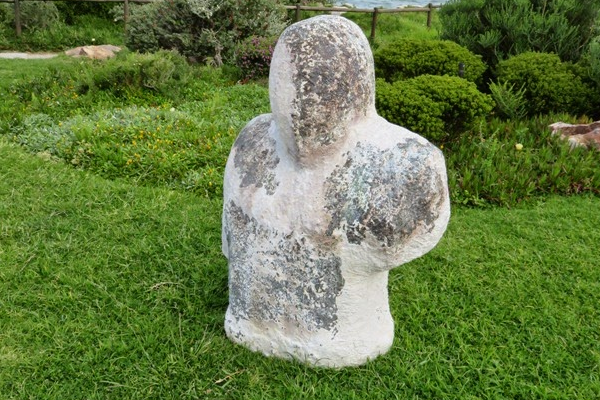Biography
Herman van Nazareth studied for almost three years in Ghent and Antwerp before travelling to
take up a bursary at the Michaelis School of Fine Art, University of Cape Town. Growing up in occupied Belgium had made a deep impression on him, and the biting social commentary of his work painted soon after his arrival in South Africa was fuelled by this experience.
Because of his aversion to the abuse of power and inhumanity, as well as his strong stance against supremacy, Van Nazareth was one of the very first artists to be called a protest or satirical artist in South
For the past decade Van Nazareth has concentrated on sculpture and returned to a longstanding preoccupation with primordial shapes. The sculptures appeal ungraceful and ugly, giving a sense of loneliness and timelessness in a work that has become dehumanized. Despite this, the works are powerful. The rough surface conceals a sophisticated technique. Van Nazareth is not concerned with what is considered beautiful or aesthetically pleasing and consistently challenges evolving perceptions of contemporary art. His “disfigured” figures are often grouped together and placed in natural landscape settings, drawing us back to the savage reality of our origins.
Herman Van Nazareth has received several awards and his work is represented in important publiccollections in South Africa, Europe, Asia and the Americas.
Artist

Artwork(s)

